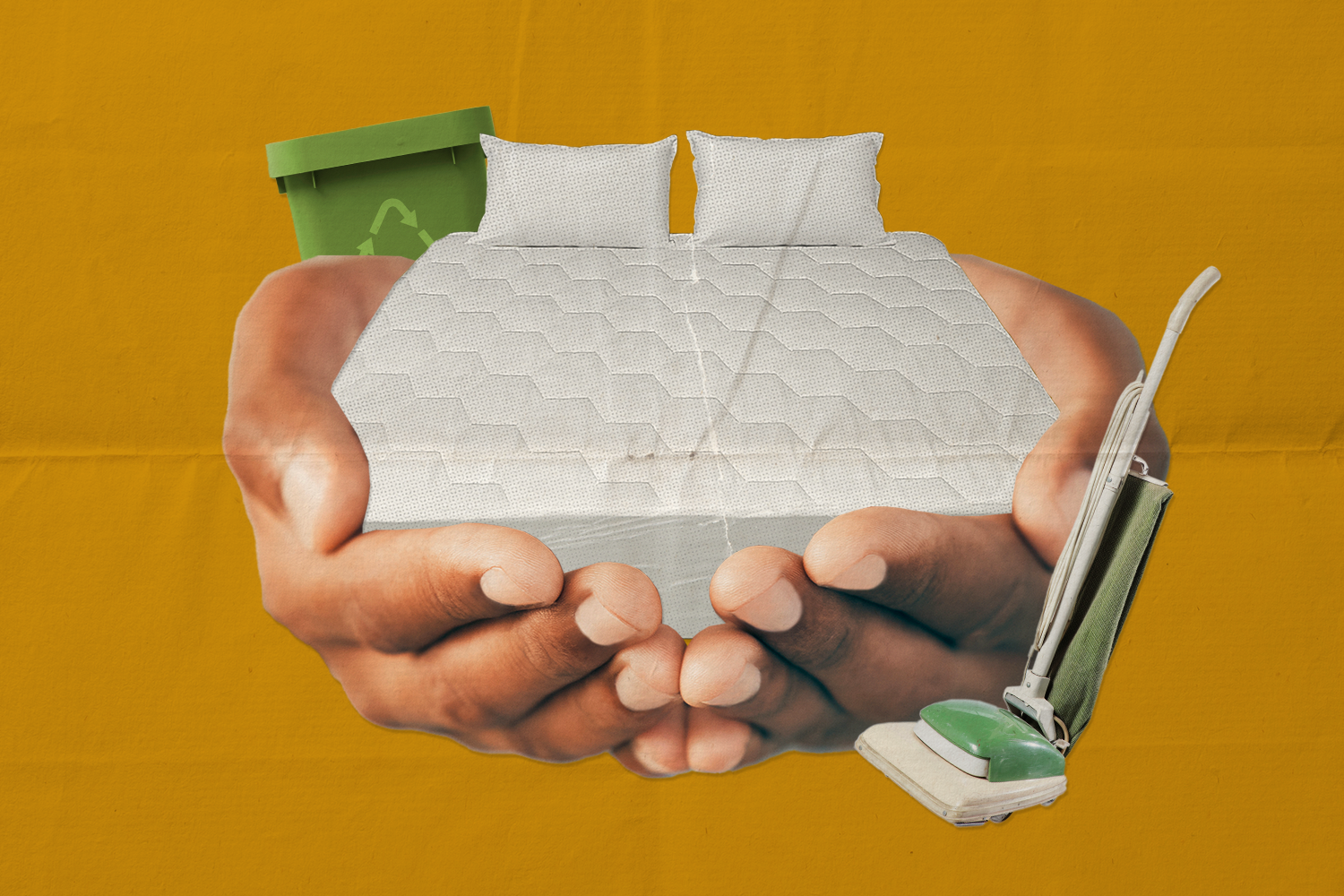What to do with a stinky, old mattress
When it comes to beds (and pillows), think creativity first, landfill last

Sign up and save the world
The one5c newsletter delivers our best tips right to your inbox
For an item with such a simple purpose, mattresses are complicated. First, there’s the whole Goldilocks experience of finding the right one. Then, at the end of its run, you need a way to get rid of t……

